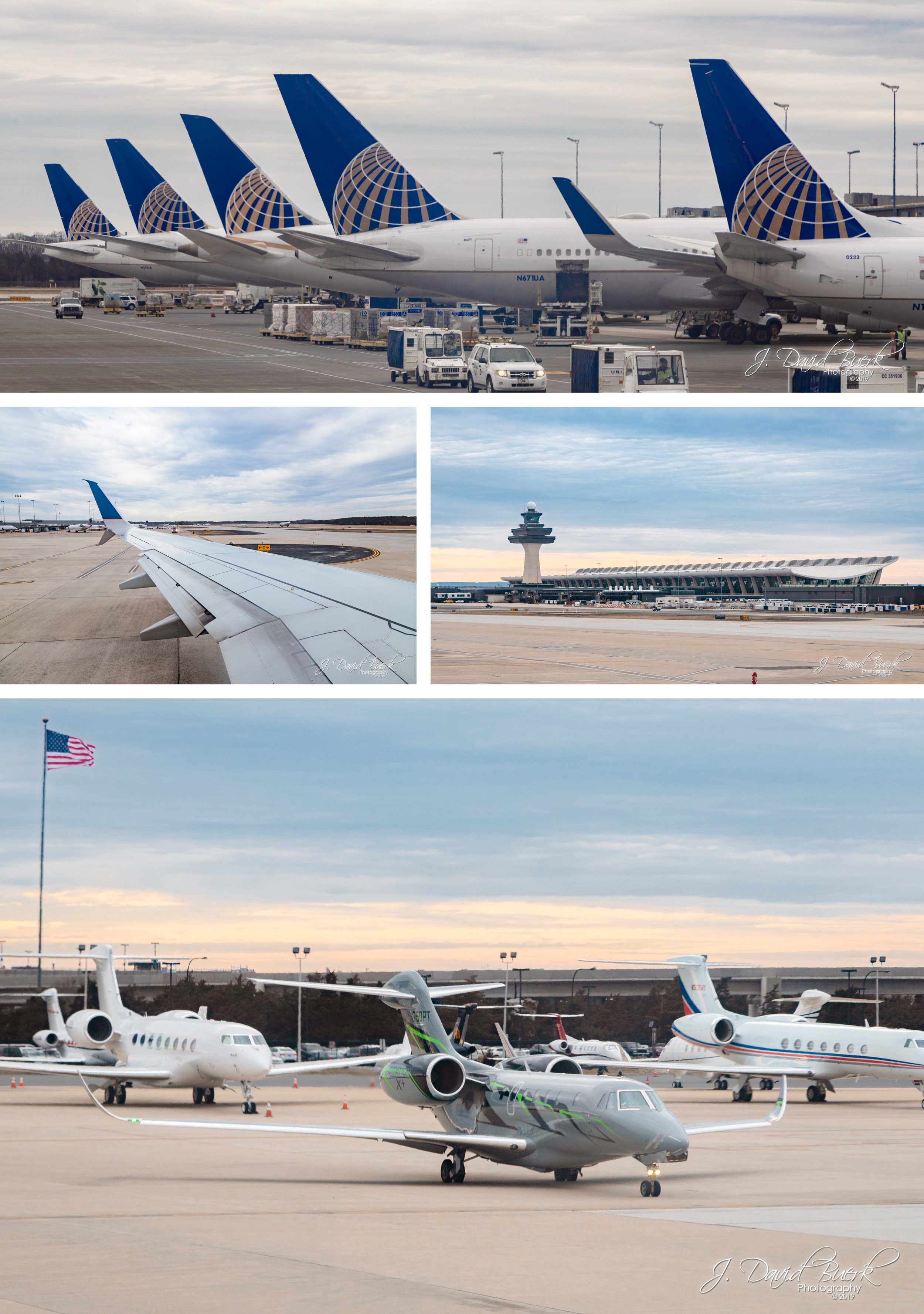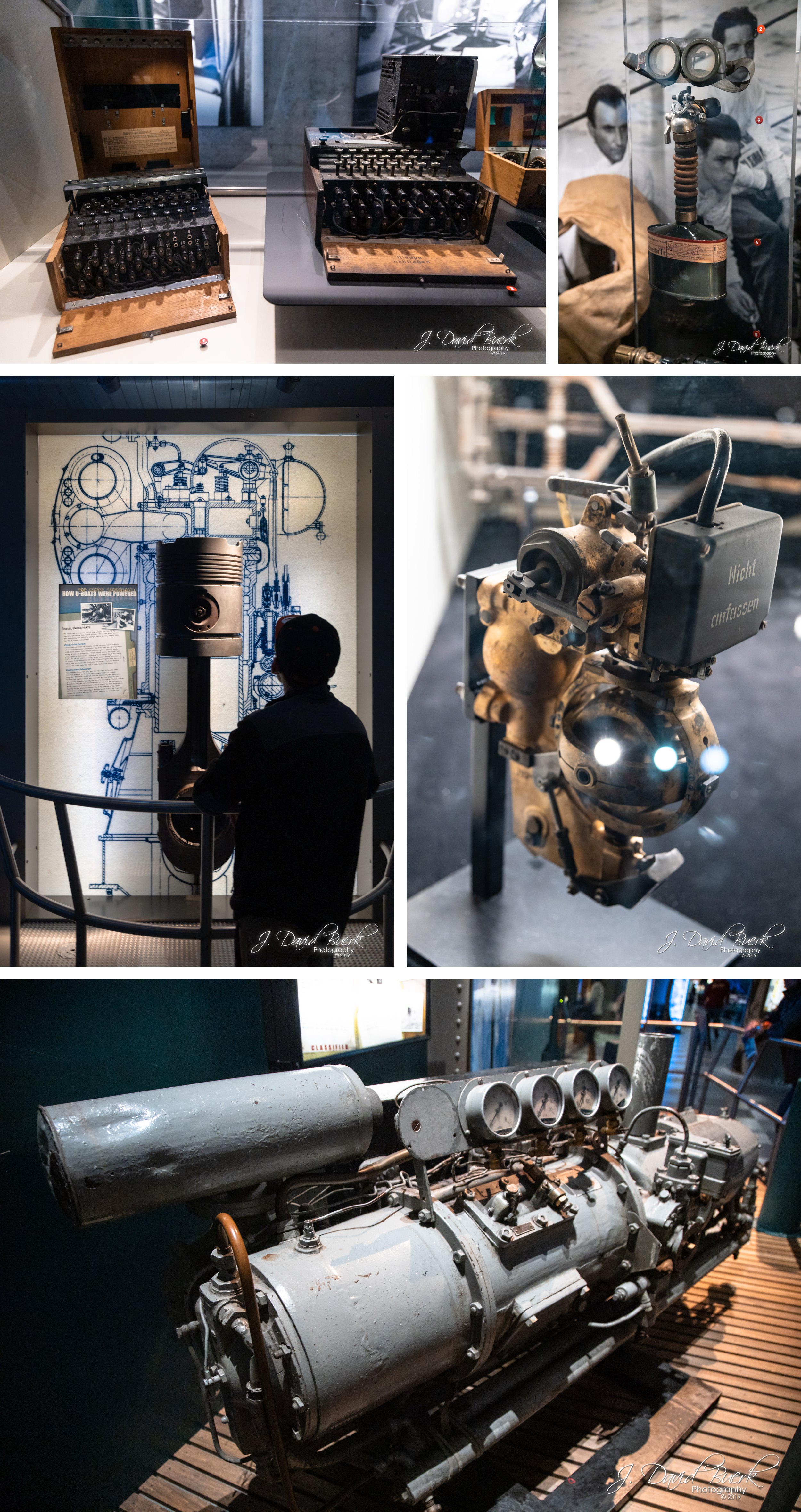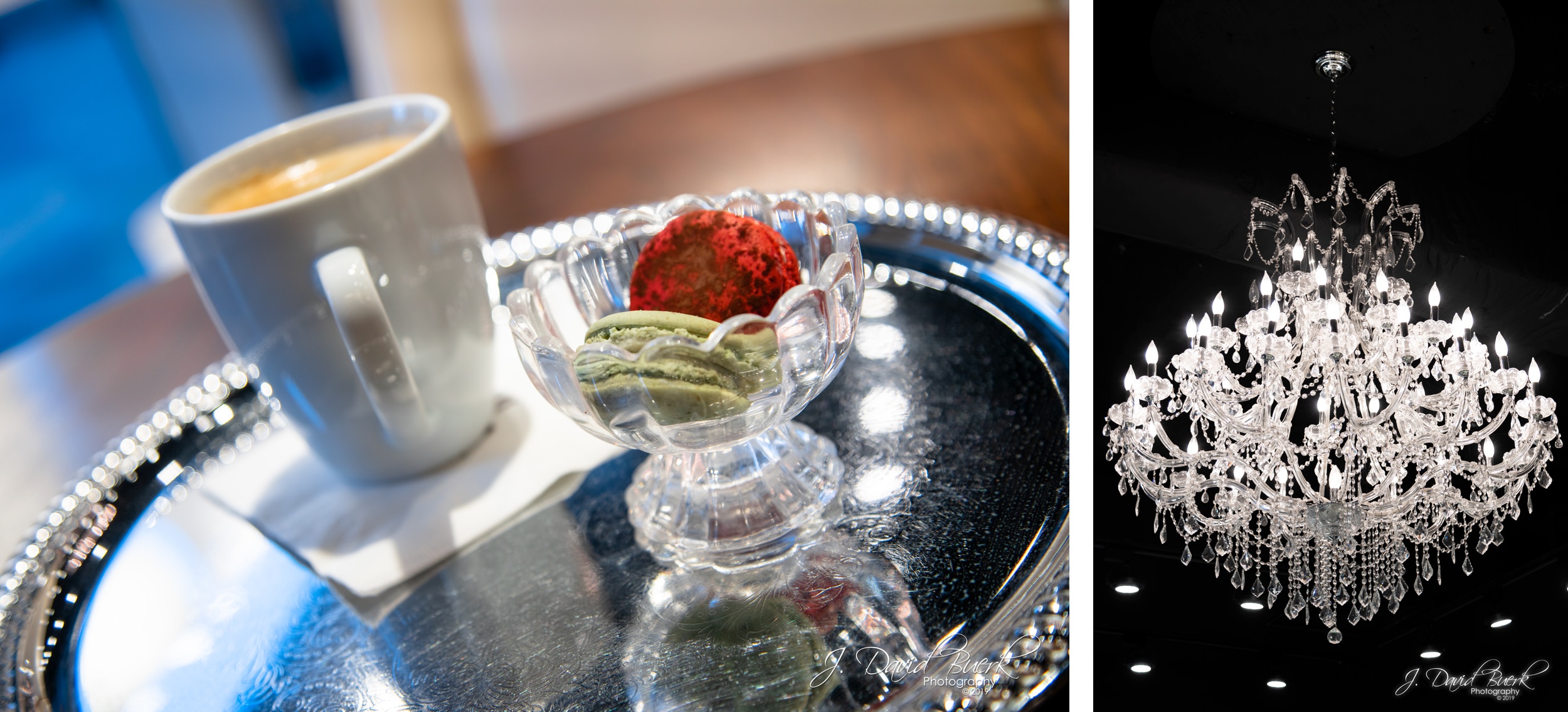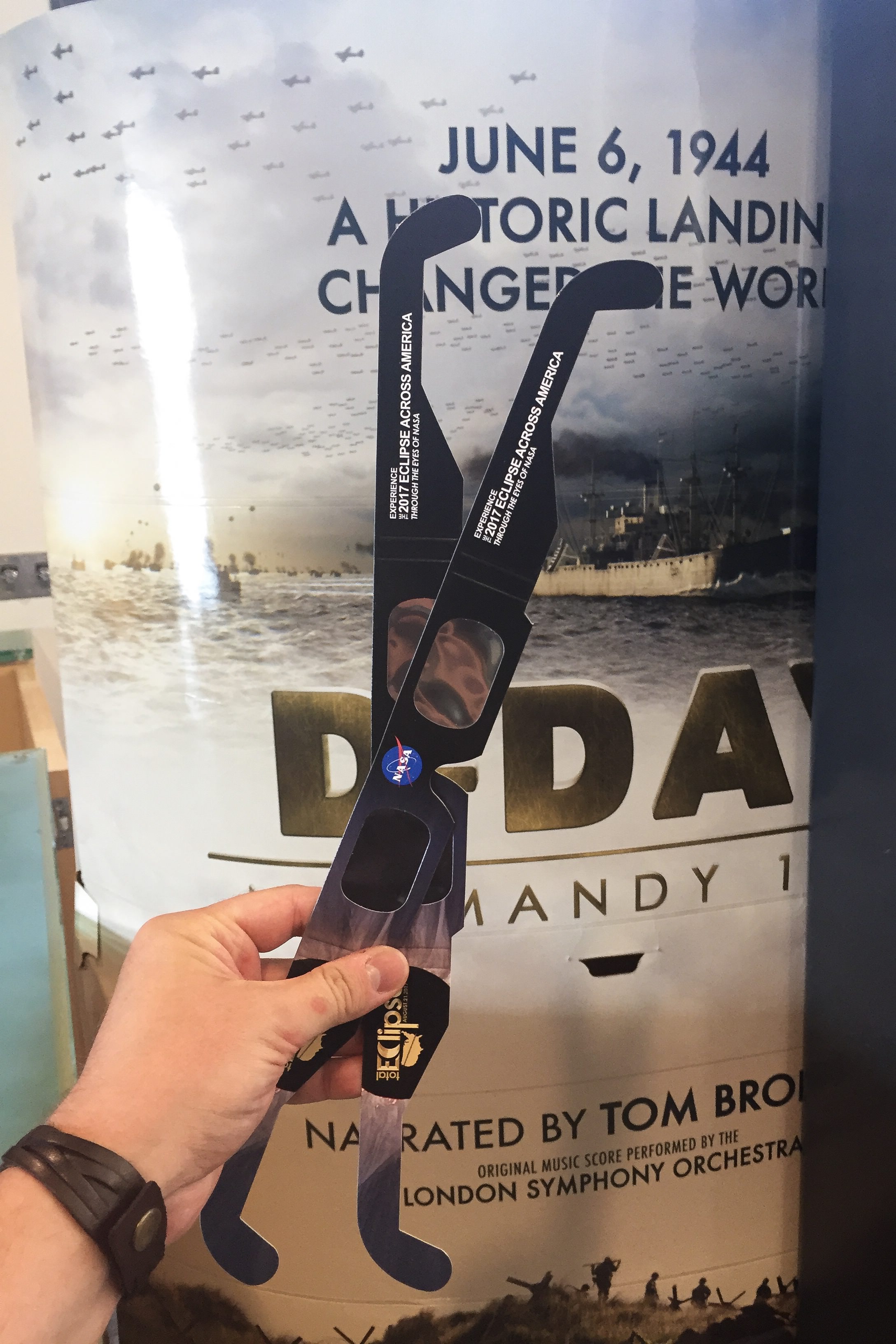Friends, I made it to totality seven years ago, but won’t be this time around.
For this magical Solar Eclipse Day, 2024, I have fully remastered my hero capture of Totality I was fortunate enough to witness in 2017. This updated version using the latest software and available techniques brings out more detail in the Sun’s undulating corona, and offers even greater sharpness than I was able to achieve in 2017. I’m sharing this remastered image with you here, and sharing with you highlights of my 2017 experience of totality.
I monitored the cloud forecast for the last week like many of you also surely did, and it seems that my original target along with most of the Northeast, save for Maine and Vermont, will have some degree of cloud cover ranging from 50-90%, with the nearest guaranteed clear sky being Indianapolis; that is just too far away to be feasible on short(ish) notice, especially considering the outbound traffic (18hrs) will be around double the inbound travel time (9hrs). “April showers bring May flowers,” as the saying goes; 2017’s total solar eclipse was in Summer, offering most of North America an unobstructed view of the spectacle with the marjos exceptions being oceanic influences in coastal areas in Oregon, oceanic thunderstorms in South Carolina, and mountain plain meteorological effects in Wyoming.
For today’s 2024 solar eclipse, I debated traveling to NASA’s Wallops Flight Facility to watch them launch three sounding rockets during the eclipse, however I’ve decided against that as well since it would take me even further away from the eclipse, marking an 8% drop in magnitude. Instead I think I’ll be enjoying the eclipse around the monuments in DC, and possibly capturing something dramatic through our predicted 50% cloud cover.
If you’re in the totality path and manage to get a clear sky, be in the moment and enjoy the show - the 2017 Solar Eclipse was truly a moving experience. For the remaining majority of us that are under Springtime cloud cover or outside the narrow totality path, make the most of what Mother Nature shines upon us, and remember that while as rare as a solar eclipse is, an unobstructed view of this eclipse is shaping up to be a coin toss.
Wishing all you aerospace, astronomy and meteorology nerds a beautiful Eclipse Day, and be sure to follow me everywhere @DavidBuerkPhoto, where I’ll update you with whatever interesting sights I do capture of our 2024 Eclipse!






















































